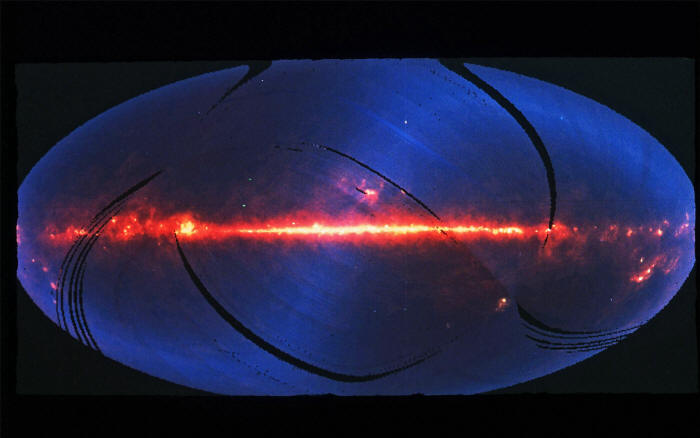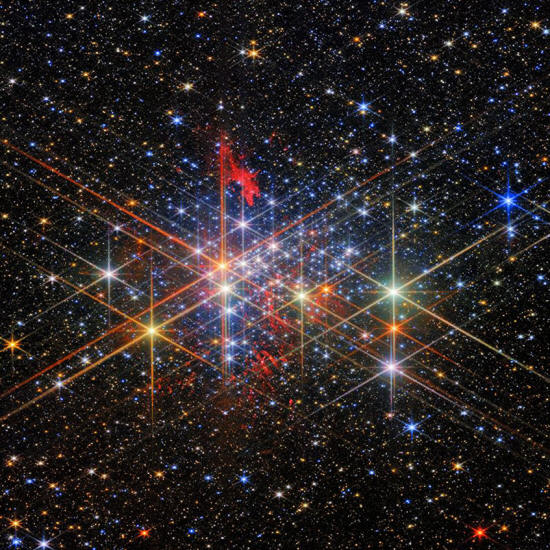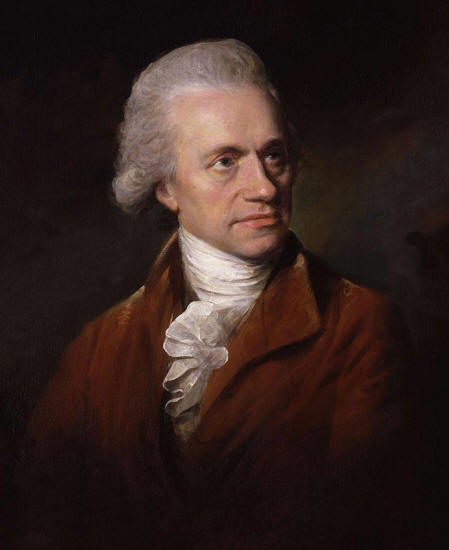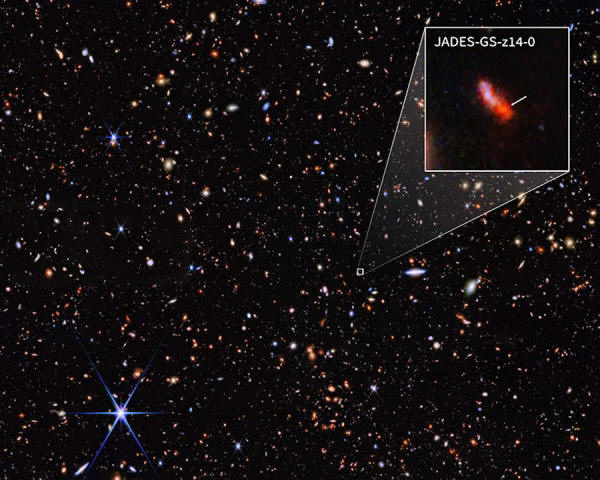|
by Corey S Powell May 29, 2025 from AEON Website
Nearly the entire sky, as seen in infrared wavelengths and projected at one-half degree resolution, assembled from six months of data from the Infrared Astronomical Satellite (IRAS) in 1983.
Photo courtesy
NASA/JPL-Caltech
can be seen by human eyes.
But today we're catching glimpses of the invisible...
The human eye, that great enabler of art and action, has some galling design limitations.
Our vision is tightly tuned to the peak colors of sunlight, leaving us blind to almost all other forms of radiation. If you think about the frequencies of light by analogy with the frequencies of sound, there are some 80 octaves of detectable electromagnetic radiation found in nature.
We are able to see exactly one of them:
The Universe bombards us with the other 79 octaves all the time, but
we are oblivious to them.
Technology can create sensors responsive to rays that are utterly inaccessible to the human eye, or to any other type of eye found in the biological world, for that matter.
Venturing even a tiny bit beyond the red edge of the rainbow, into the undiscovered country of the infrared, is a transformative experience:
All of the glorious pictures that the telescope sends back - scenes of galaxies in collision and infant stars spewing out streamers of gas - are not photographic snapshots so much as they are data interpretations.
JWST perceives celestial shapes and
colors that
exist only within the circuitry of its digital detectors.
Astronomers then use software and imagination to translate the
detectors' electrical impulses into images we can comprehend.
The largest, most complex observatory ever sent into space is also the largest, most complex bionic eye ever wired into our consciousness.
It is the culmination of a two-century effort to
tear off our evolutionary blinders and endow Homo sapiens with
senses that are as expansive as the laws of physics allow.
The resulting instrument peers out at the cosmos using a 6.5-metre-wide mirror composed of 18 interlocking hexagons, fabricated from lightweight beryllium metal and coated with 48 grammes of super-reflective pure gold.
Together, those mirrors take in a million times as much light as the pupil in your eye.
The collected rays then focus on 15 mercury-cadmium-telluride detectors and three detectors made of arsenic-doped silicon, which act as JWST's infrared-tuned electronic retinas.
The whole telescope huddles behind a
21-metre-wide
Kapton sunshade that keeps it chilled to 233 degrees
below zero Celsius; even a trickle of solar heat would ruin its
hypersensitive vision. Everything about JWST is up to the minute.
But the underlying technology, and the whole 'seeing in the dark' agenda that inspired it, follows directly from the work of the British astronomer William Herschel more than two centuries earlier.
In particular, it follows from a revolutionary but deceptively simple experiment that Herschel performed using nothing more than,
by Lemuel Francis Abbott c1785.
Courtesy the
NPG London
That achievement alone would be enough to earn him a star on the history-of-astronomy walk of fame.
There was much more to him, though.
In modern terms, Herschel discovered infrared
rays, and the entire unseen Universe that they signify.
But his huge telescopes, ideal for viewing dim
stars at night, were far too powerful to handle the brilliance of
solar rays.
a new type of ray: undetectable to the eye, warmer than visible light,
and redder than red...
...he wrote in a paper read before the Royal Society on 27 March 1800 in Somerset House, London.
He recognized that his finding carried two huge, intriguing implications:
Now Herschel had a juicy mystery to solve:
Herschel being Herschel, he passed sunlight through his prism, cast a rainbow, and measured the temperatures within the different colors.
A clear pattern emerged as he moved from the
violet to the red end of the prismatic spectrum. Green light
produced more warming than blue; red produced more warming than
green.
Herschel's initial journey into the invisible Universe extended all of four inches (10 cm) across his tabletop apparatus, but they were four extremely significant inches.
He updated his Sun-filter experiment, relocating his thermometers to the seemingly dark zone past the red edge of the rainbow that beamed from his prism.
There, to his delight, he found that the
instruments continued to register heat, even where his eyes
registered nothing.
He had to move his thermometers far outside the visible spectrum before the warming effect peaked and then tapered off.
Evidently, he was measuring a rising and falling
distribution of some phenomenon that existed beyond the human
senses. It was as if he were running his hands over the arched back
of an invisible cat.
On 24
April 1800, he relayed the results of his investigations to his
Royal Society colleagues.
Normally, he confined himself to sober notations
of his empirical observations, and shied away from extravagant
speculations. In this case, though, he seemingly could not hold back
an outpouring of ideas.
Most perceptively, Herschel realized that the two types of rays he was examining must have one and the same fundamental nature.
Applying the principle of parsimony, he rejected the existence of,
The difference between the two types of rays, he deduced, was merely that the human eye could perceive one type of ray, but not the other.
He concluded that,
see only what we need to
survive...
The invention of the telescope had proven that there are objects too faint to be visible to the unaided human eye - but when their light is concentrated, they pop into view.
The invention of the microscope had likewise demonstrated the existence of objects too small to be seen - but when they are magnified, they, too, pop into view. Herschel had revealed a more fundamental limitation of human perception.
His 'thermometrical spectrum' indicated that some portion of reality is invisible to us not because it is lacking in quantity (size or intensity, say), but because of its essential quality.
The scope of Herschel's intellectual breakthrough
was all the more remarkable given the modesty of the technology that
enabled it. If you want to recreate the Herschel experiment
yourself, you can find simple, step-by-step
instructions online.
It was, in essence, a line drawing of his invisible cat.
In an earlier paper, he had even offered what a modern scientist might call an evolutionary explanation of why much of the Universe is invisible to us:
Plainly put,
It might seem inevitable that Herschel would then have embarked on more expansive investigations of light-beyond-light, or at least that other researchers would have taken on such an agenda.
In reality, Herschel's investigations were soon hindered by the crude thermometers available to him, which were accurate only to about half of a degree.
Creating any kind of image or snapshot of the beyond-red realm was impossible using such simple devices. Herschel was limited, too, by the prevailing theories of the time.
In the early 19th century, most scientists thought of light as a shower of particles, and heat as a movable fluid called 'caloric'. Herschel sounds increasingly defeated in the succession of papers that he presented to the Royal Society through 1800.
By May of that year, he had sourly confessed that,
He had no desire to be drawn into contentious arguments about the nature of heat.
Herschel was an empiricist by nature, and his
great aspiration was to be the supreme celestial cartographer. When
he realized that he could not map the boundaries of his new
invisible landscape, he returned to the more accessible challenge of
mapping stars and nebulae.
What Herschel had achieved was not so much a scientific revolution as something both bigger and less well defined: a slow-moving perceptual transformation.
Peering into the infrared world required the
development of entirely different sensory technologies, ones that
could take us well beyond what our organs of sight are adapted to
see.
He detected infrared rays from the Moon using a thermocouple, a then-novel type of thermometer that measures temperature based on the way that electricity flows through two adjacent conductors.
It seemed logical that the Moon must reflect invisible heat rays from the Sun, but Smyth had delivered hard evidence.
More profoundly, when he performed his measurements at various points on Mount Guajara in Spain, he found that the infrared Moon appeared dimmer at low altitudes.
Whatever these beyond-red rays were, they were
evidently absorbed by Earth's atmosphere.
revealed Herschel's ghost realm, a place where the sky is dark and trees glow with eerie
infrared reflections...
Starting in the 1870s, the astronomer and aviation pioneer Samuel Pierpont Langley invented the bolometer (a more precise type of electronic thermometer) and used it to map the Sun's infrared spectrum for the first time.
In the 1910s, the physicist William Coblentz strung together multiple thermocouples to create a 'thermopile' capable of detecting infrared rays from stars, planets and nebulae as well.
That same decade, the inventor Robert Williams Wood combined recently developed, infrared-sensitive film with a special filter ('Wood's glass') that completely blotted out visible light.
In this way, he managed to photograph terrestrial
landscapes in infrared rays.
So equipped, the astronomers Gerry Neugebauer and Eric Becklin achieved the next great perceptual leap in 1966.
Using a custom-built telescope situated atop
Mount Wilson in California, the two surveyed the infrared sky. In
the constellation Orion, they spotted an unidentified glow -
something that was bright in infrared but completely invisible to
conventional-light telescopes.
It was the first celestial object ever discovered in infrared radiation alone. Even then, the study of infrared rays from space remained a tedious, fringe area of research.
All the early explorers of the invisible faced the same limitation:
Infrared astronomy did not take flight until it
could literally take flight, using the rockets of the space age.
It circled Earth in a near-polar orbit, 900 km (560 miles) above the ground.
In a mere 10 months in service,
It spied wispy 'cirrus' clouds of gas and dust
between the stars, and warm disks around young stars, revealing the
birthplaces of new planets.
Further analysis revealed that the object was not an Earth-threatening planet but a star-studded galaxy:
has yielded a new human familiarity with another layer of previously
hidden reality...
It is an elaboration, too, of the motivations that guided Herschel's work.
JWST's expansive infrared vision is now bringing
us close to the completion of that task.
JWST's detectors are specifically designed to bring stretched infrared light into view, seeing back to the historic moments when the first galaxies lit up.
One of JWST's sightings - a galaxy designated JADES-GS-z14-0 - is the most distant object known to humanity.
We are observing this galaxy from a time 13.4
billion years ago, when the Universe was just one-50th of its
present age.
the JADES-GS-z14-0 is the current record-holder for the most distant known galaxy. Courtesy NASA, ESA, CSA, STScI, B Robertson (UC Santa Cruz), B Johnson (CfA), S Tacchella (Cambridge), P Cargile (CfA)
Astronomers are already analyzing the invisible light from this infant galaxy, studying its composition, assessing the glow of its youthful stars.
In 1998, the philosophers Andy Clark and David Chalmers proposed a radical understanding of cognition that could take the new realm into account.
In it, they argued that,
As an example,
Seen through this lens, JWST becomes more than just a distant observer.
Even if one doesn't fully embrace the Clark-Chalmers hypothesis, the implications remain striking:
Patients who receive such implants adapt to them rapidly, their brains assimilating synthetic inputs alongside the biological ones.
No wonder, then, that astronomers and the lay public alike have no difficulty identifying the form and the significance of an object like JADES-GS-z14-0.
Our minds adapt just as readily to inputs carrying information from the invisible fringes as they do to inputs describing ordinary light and sound.
The extension of the human senses, begun by Herschel with his humble prism-and-thermometer experiment, has since continued to gamma rays and radio waves, and even beyond radiation into neutrinos and gravitational waves, both of which are now within our technological sights.
Each new type of observatory has yielded a new human familiarity with another layer of previously hidden reality.
Clark and Chalmers pointedly expressed what happens as technology expands our senses and breaks away the barriers of human perception:
|





